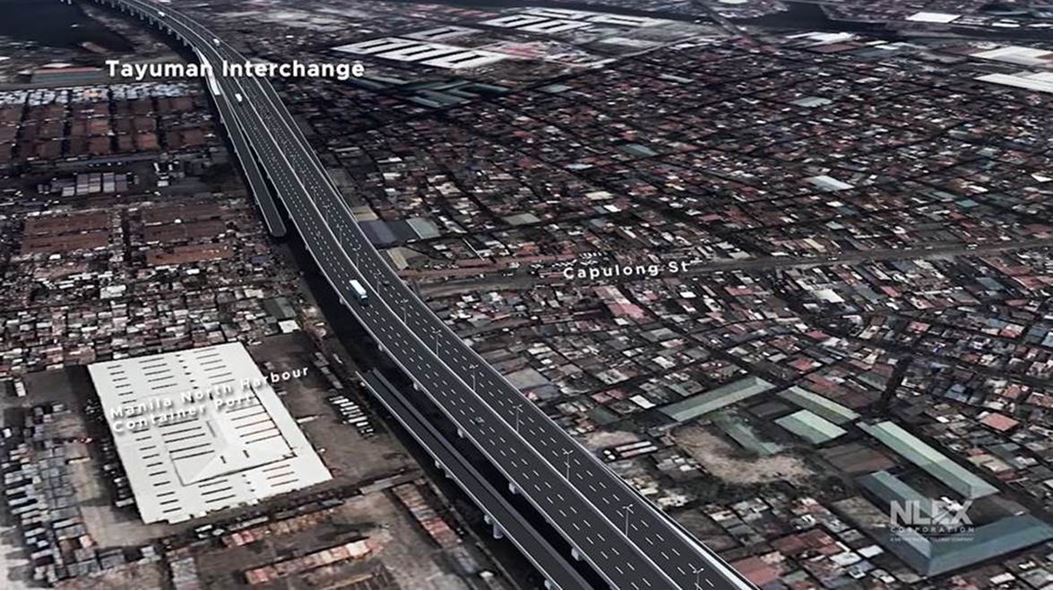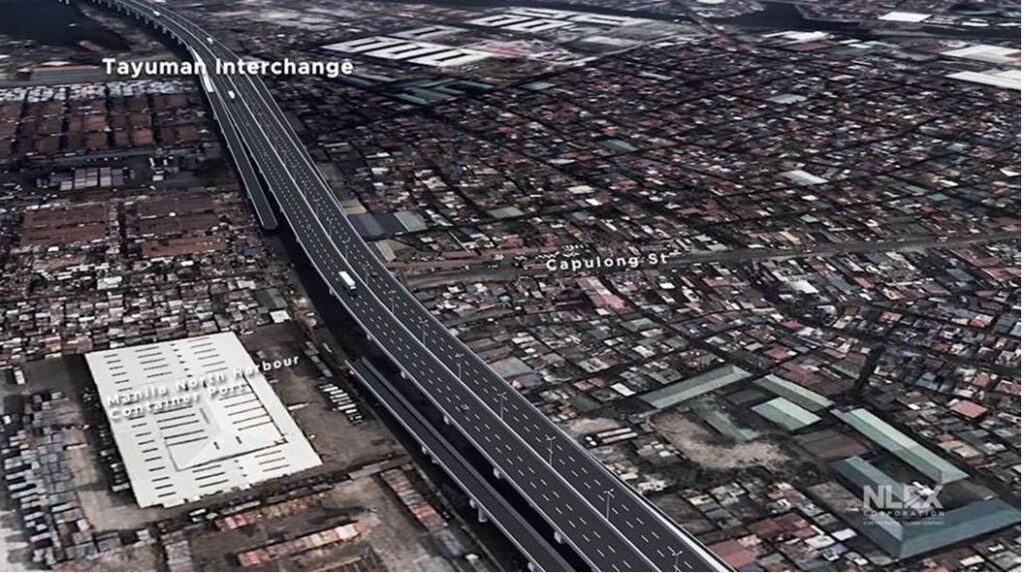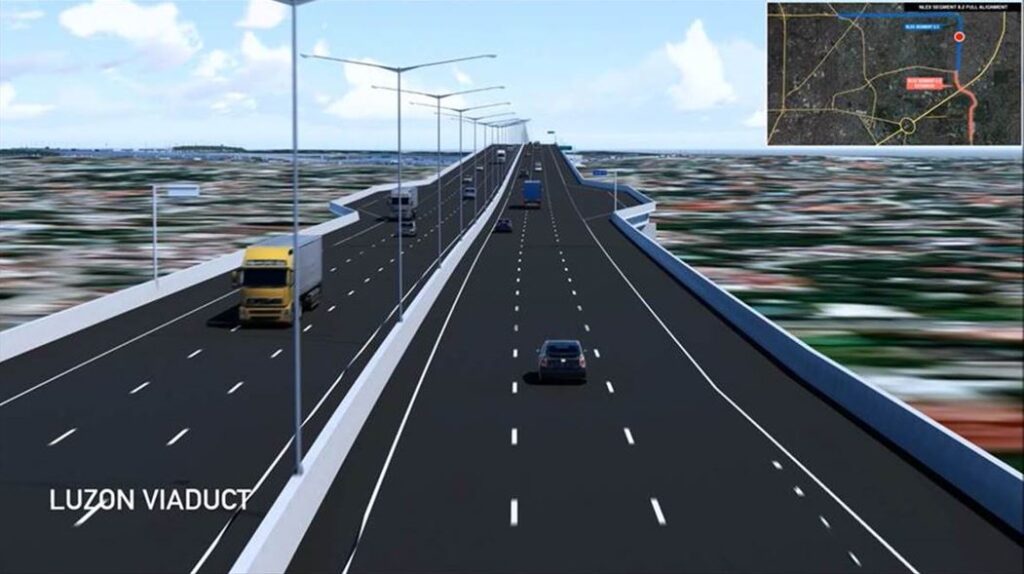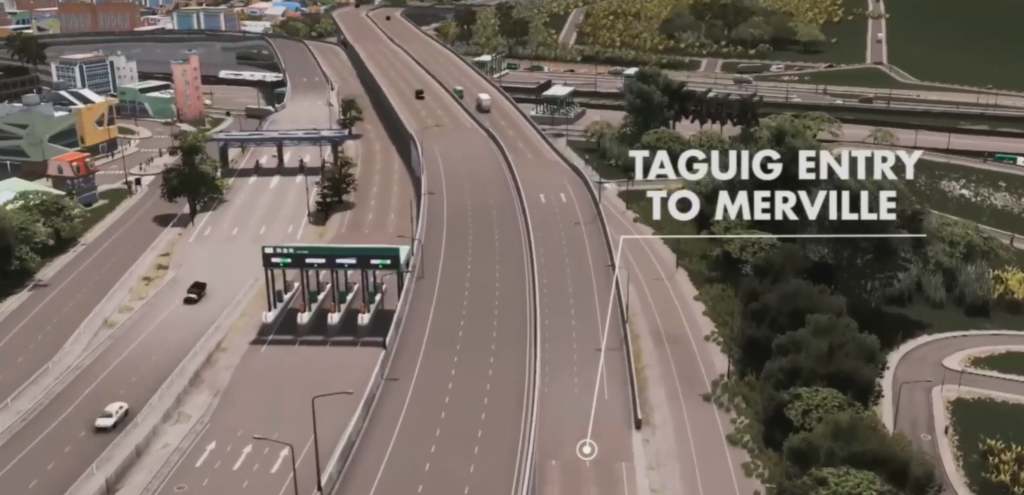The Metro Pacific Tollways Corporation (MPTC) is building a network of urban expressways to link up the west, east, north, and south sides of the entire Metro Manila area through an interconnected tollway network which will comprise a “ring around the metropolis” for seamless urban travel.
“That’s why we call it the ‘MPTC Urban Ring Road,’ which is designed to improve circulation and assure unimpeded traffic flow,” said Rodrigo E. Franco, MPTC President and CEO.
The MPTC Urban Ring Road solves city traffic by providing a high-speed, high-standard seamless network of expressways within and around Metro Manila. It will decongest local roads and strengthen the road network configuration by separating local in-city trips from inter-city to inter-regional traveling.
The fundamental strategy is to “by-pass the heart of every city,” Franco explained, citing the interesting analogy of the “circulatory system” — composed of the heart, arterial roads that by-pass the heart, the seamless flow that brings vitality to city life – and the overall improvement of circulation around the metropolis.
Composed of MPTC’s C-5 Expressway, the CAVITEX C-5 South Link, and the NLEX – CAVITEX Port Link Expressway, the MPTC Urban Ring Road will enable motorists to avoid the congested traffic of CP Garcia Avenue/Katipunan Avenue to South Luzon Expressway (SLEX), EDSA North and Quezon Avenue.
These expressways will traverse Manila and Quezon City and by-pass heavy traffic on EDSA South, Baclaran, and Taft Avenue that cover the cities of Makati, Paranaque, Pasay, and the south side of Manila.
Beyond the NLEX extensions Segment 8.1 and 8.2 past Mindanao Avenue in Quezon City, the motoring public will soon be able to use the elevated C-5 Expressway. This 19.4km P62.7-billion project will benefit motorists between Quezon City, Pasig City and Taguig City. The usual two-hour travel time from NLEX to SLEX using the current C-5 Road will be reduced to only 15 minutes via the C-5 Expressway.
Linking up in the south with the C-5 Expressway is the CAVITEX C-5 South Link, a seven-kilometer tollway. It will serve as an alternative route between C-5 Road in Taguig City and Roxas Boulevard and the CAVITEX Zapote Interchange, other than the NAIA Expressway, the SLEX East and West Service Roads, and the Paranaque-Las Pinas Sucat Road.
Current travel time from C-5 Road near Libingan ng mga Bayani to the CAVITEX Zapote Interchange will be reduced from an average of one hour to only 10 minutes.
As the C-5 South Link connects to CAVITEX, the new NLEX–CAVITEX Port Link Expressway Segment 1 will continue the loop and provide relief to motorists without negotiating such congested national and local roads as Roxas Boulevard and Macapagal Boulevard.
The NLEX–CAVITEX Port Link Expressway will start at Pacific Avenue in Paranaque and end up at Gil Puyat Avenue in Makati City. It will traverse Diosdado Macapagal Boulevard and connect seamlessly to other existing high-speed expressways like Cavite-Laguna Expressway (CALAX), NAIA Expressway (NAIAX) and SLEX.
Overall, Franco said, the MPTC Urban Ring Road is “designed to put an order in urban transport.”
“It’s a case of good traffic management not matching the rapid growth of urbanization,” he said. “The economic losses of city traffic are enormous. We want to help manage it, and the MPTC Urban Ring Road is our contribution,” he added.
“I’d like to say it is a powerful idea whose time has come in the Philippines,” Franco said.
Completing the MPTC Urban Ring Road is the NLEX Harbor Link–Port Area Section. More than five kilometers long, the elevated Expressway will run alongside Manila Bay between Anda Circle in Intramuros and the new Navotas interchange via Mel Lopez Boulevard and up to the NLEX via the NLEX Harbor Link.
It will create round-the-clock unimpeded transportation of goods within and through Metro Manila for a faster and more efficient movement of people and goods without negotiating the now congested national and local roads of Metro Manila.








